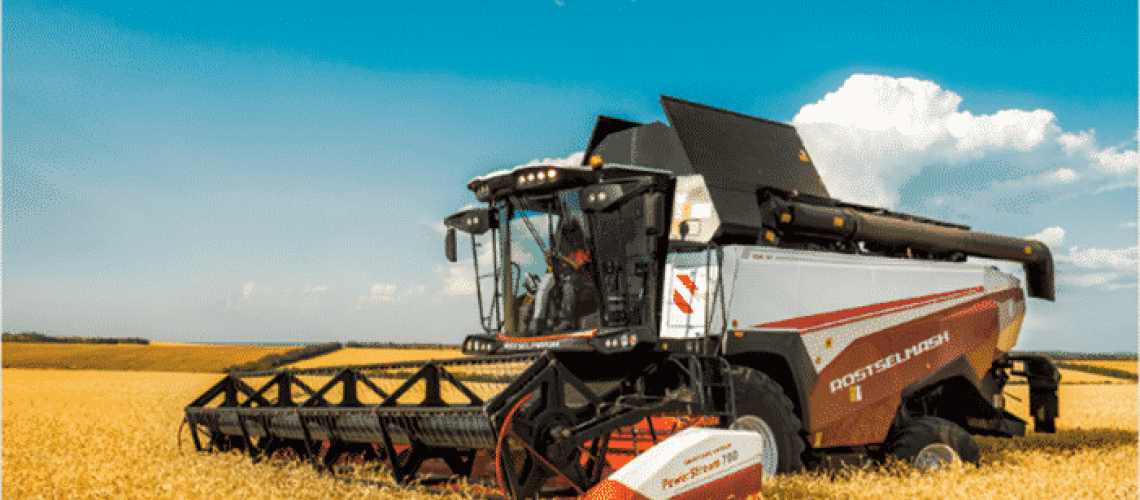Many older farmers will remember the days when Australia manufactured tractors and harvesters, some may even have heard of one of our greatest farmer inventors Headlie Taylor, who designed both our first combine harvester in 1914 and our first self-propelled header the Sunshine W model 1924.
Post World War II there were tractor inventors including Bob Chamberlain who started with his 40K model in 1949, Upton engineering which were responsible for building the world’s largest two wheel drive tractor a 350 hp monster, then we had our own Merredin based Phillips Acremaster, Pheonix tractors and the massive Baldwin brand maker of their ground breaking 600hp tractor.
But by the 1990s, the abolition of protective tariffs combined with increasing international competition resulted in local tractor and harvester manufacturers being run out of business.
Today almost all the global brand names of big farm machinery that we are familiar with originates in design out of either Europe or North America.
Many of these global manufacturing companies still make the majority of their equipment in the country of origin, but there is an increasing move to establish plants in other parts of the world particularly in our competitor grain growing nations.
For instance, John Deere set up in Brazil in 1996, then Russia 2010 and Argentina 2011. Case New Holland in Argentina, Brazil and Russia all in 2010. CLAAS in Argentina 2013 and AGCO took the aggregation of (Gleaner, Allis, Deutz, White, Massey, Fendt, Chellenger, Valtra, Lavrerda) to Russia in 2014 and expanded their massive Brazilian Massey plant in 2016.
In fact, it’s not hard to find a major manufacturer today who does not have factories building big farm gear in South America or Eastern Europe. Only China seems to be left off the list, in part because they have so many of their own brands of tractors and headers, albeit of a smaller size than the big machinery we import.
However, the green, red, yellow and black are not the only ag machinery companies that are busy globalizing their manufacturing operations. The Russian manufacturers have woken up and are back in the export game in a big way having been building their capacity and credibility since the days of communism.
Australian farmers will be familiar with the ill-fated Belarus tractors, marketed here as cheap horsepower back in the 1979 and early 1980’s, of which many ended up retired with low hours due to poor reliability. Post communism and after a massive overhaul of their manufacturing systems, the Russians have again returned to Australia.
In Australia they are now marketing the Kirovets TMZ 420 hp tractor with a Russian designed engine for $250,000 landed and their biggest model powered by a Mercedes 428hp engine is listed at $285,000, about 60% the cost of any tractor of equivalent power.
Rostselmash based in Rostov in the heart of the Russian wheat belt build a very high tech machine using imported Mercedes or Cummins engines and global parts which is cheaper than any of the North American tractors but more expensive than the Kirovets. They are also looking to bring in their harvesters including the class 10 Torum 770 tracked machine running a 650hp engine at a big discount to the new John Deere, Case, NH options.
The company has also gone the other way and moved to establish a presence in Canada having purchased Versatile back in 2007 then moved the manufacturing of their 2375 (375 hp) model to Russia.
Further to this they are now badging some of their own Russian designed and made headers with the Versatile brand for sale to both the European and American markets.
This is a clear signal of the emergence of the relatively unknown manufacturers of big ag equipment onto the global marketplace. Another example is the Finnish Sampo Rosenlew brand who are manufacturers of medium high tech sized harvesters which have recently seen the giant Indian manufacturer Mahindra Mahindra take up a 35% stake in them with plans to take their machines global.
With both Mahindra and Versatile having well established service and supply chain networks into Australia, it is likely we will see these manufacturers move to begin supplying the Australian market with the Rostselmash and Sampo brands sometime in the near future.
Other big global manufacturers of large headers and tractors that are looking at Australia as a future market include Gomselmash from Russia who make harvesters and AGRICO from South Africa who make big four wheel drive tractors.
In addition, there is a long list of Argentinian self-propelled sprayer manufacturers such as Caiman and PLA which have gone global. Then next door the Brazilians already have all the big brand global manufacturers producing locally plus their own home grown designs including Stara which build self-propelled sprayers and large front wheel drive tractors with exports to 35 countries.
With their own local grain industry producing around 250 million tonnes a year, around 5 times Australia’s annual output and a population of over 200m, Brazil is rapidly emerging alongside Russia as the new go to place for cheaper horsepower and harvesting options.
Then there is the biggest manufacturer of them all China, who are not only the world’s largest grain producing country growing over 650 million tonnes a year, they also have the world’s largest farm machinery manufacturing sector.
With over 100 tractor makers they are rapidly increasing the size of their equipment they produce, for example Xuzhou Kat recently launching a 440hp four wheel drive tractor at US$103,000. At the other end of the scale is their headers, one of the biggest is the Zhonglian 100 kw model but it looks about the same size as the old Inter 711 and sells for about the same price as when they were first launched back in 1977 US$20,000.
To put the Chinese market in context there is currently around 1.5 million operating harvesters across the country, so they have plenty of potential to drive efficiencies by aggregating farm sizes and increasing the size of machinery which will only add to global machinery and grain competition.
Any new entrant into the ag machinery sector is good for Australian farmers, as it will help drive down the cost of expensive machinery which is important for our long term competitive viability.
However, no new entrant is going to stay in Australia if our farmers are not prepared to have an open mind to buying unknown brands. Just as American tractors replaced Australian and British ones and Japanese 4 WD utes replaced Australian made ones there is little doubt that in time we will see new brands and well known brands coming out of Russia, Brazil and other countries.
The global message is if Argentina and the Black Sea are utilizing cheaper horse power and combine harvester colors to grow their crops and keep their costs down then our farmers will also need to be prepared to look further than the well-known North America or European brands.











